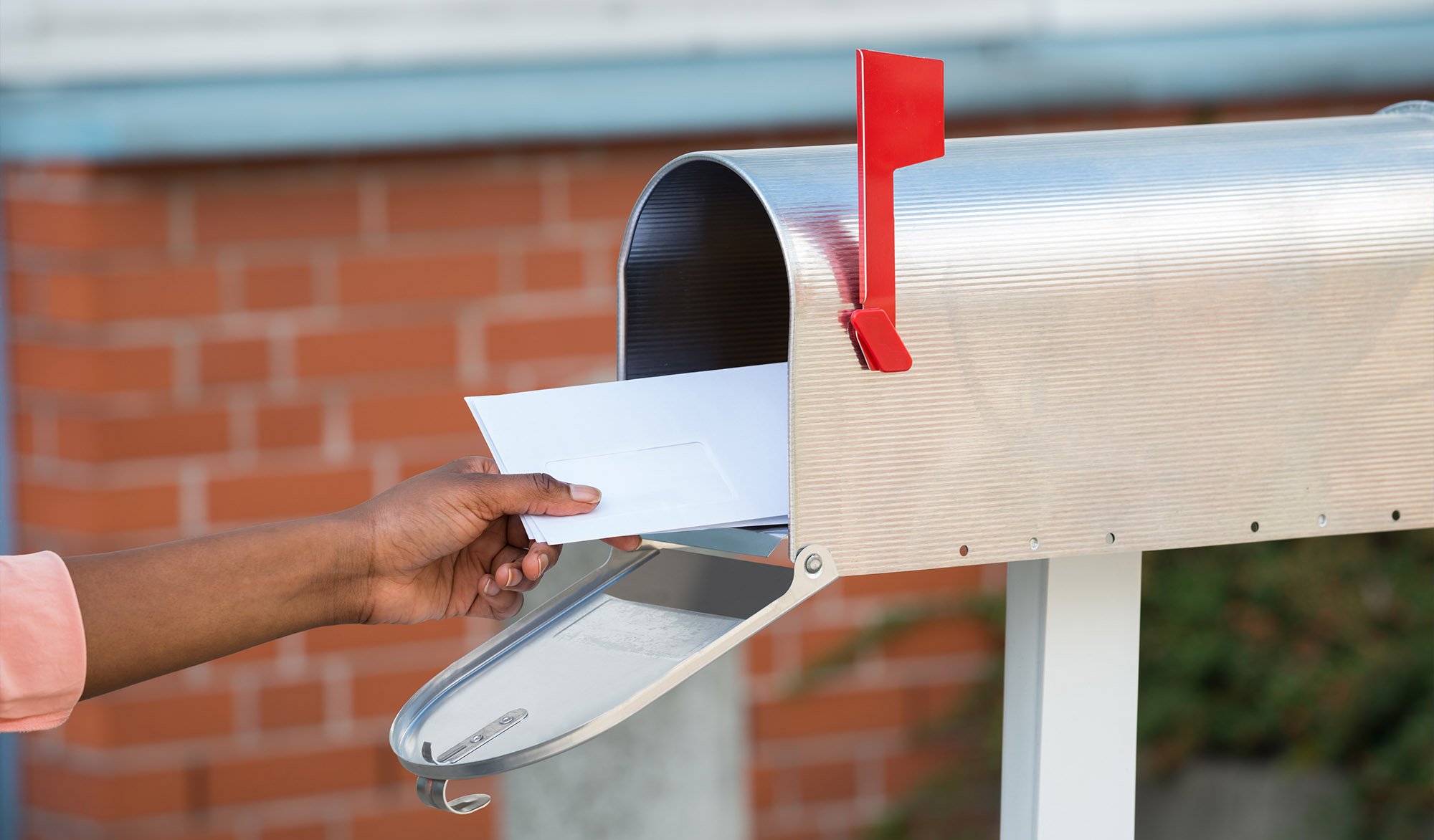You see a television commercial promoting a new product. Later, you’re scrolling through your Facebook feed and spy an advertisement for it. Several days later, you receive a brochure in the mail explaining how the device can benefit you. The next day, you receive an email from the company offering a discount. You’ve just experienced an omnichannel campaign.
An omnichannel marketing strategy creates a seamless experience across multiple platforms. A marketing campaign is designed in similar fashion across traditional print advertisements, direct mail, social media promotions, email marketing, online ads, and television and radio commercials. Because these efforts share the same artwork and messaging, consumers can easily identify the associated brand or product. Distributing these across all platforms expands the traditional reach and conveys stronger impressions.
Online marketing resource site, magazine, and events sponsor Target Marketing’s recent report “Omnichannel Marketing: The Key to Unlocking a Powerful Customer Experience” surveyed more than 450 marketers on the importance of the omnichannel approach and how they use it. More than 80 percent of respondents felt it was important to have a cohesive omnichannel experience in the healthcare, pharmaceutical, travel, IT, finance, insurance, and publishing industries. The study also found more than 60 percent of respondents use direct mail in their omnichannel methodology. Seventeen percent said they plan to use direct mail in future campaigns.
Project management software developer Demand Metric’s “2019 Multichannel Marketing Report“ found 80 percent of participants stated direct mail improves multichannel campaign performance, with 52 percent reporting a moderate to major improvement.
Clearly, direct mail is effective.
This tried and true method has remained successful over the years because it has the ability to reach customers at the top and bottom of the marketing funnel. For clients at the upper half, direct mail can capture interest and build brand awareness. According to U.K.-based marketing provider Royal Mail MarketReach’s “Private Life of Mail” analysis, 60 percent of consumers say direct mail keeps brands top of mind.
For those at the lower end, mail pieces can drive sales. Direct mail continues to be more effective at propelling responses and converting leads than other channels alone. According to a response rate report by marketing research and analysis provider Direct Marketing Association, now Direct Marketing News (DMA), direct mail has a response rate of 4.4 percent, crushing emails at 0.12 percent, display ads at 0.04 percent, and paid searches at 0.22 percent.
Direct mail has proven to be most successful at the beginning and end of omnichannel campaigns, states an article titled “How to Enhance an Optichannel Experience With Print Marketing” published by omnichannel resource hub Brand United. So, try to use direct mail as your first and last touchpoint, of which there should be about eight. The piece provides several of the best ways to utilize direct mail as part of your omnichannel approach, including:
- Building Brand Awareness
- Creating Interest in Your Product or Service
- Following Up Abandoned Online Shopping Carts
- Sending Welcome Kits to New Customers
- Developing Personalized Catalogs Based on Previous Purchases
- Messaging Prospects Who Haven’t Been Responsive to Other Channels
Incorporating direct mail into your omnichannel strategy requires following the basic steps of creating any marketing plan. You’ll need to determine who your customers are, curate or purchase a list, select the channels you feel will help your customers through the funnel and toward the ultimate goal, set your objectives, and determine how to measure results.










